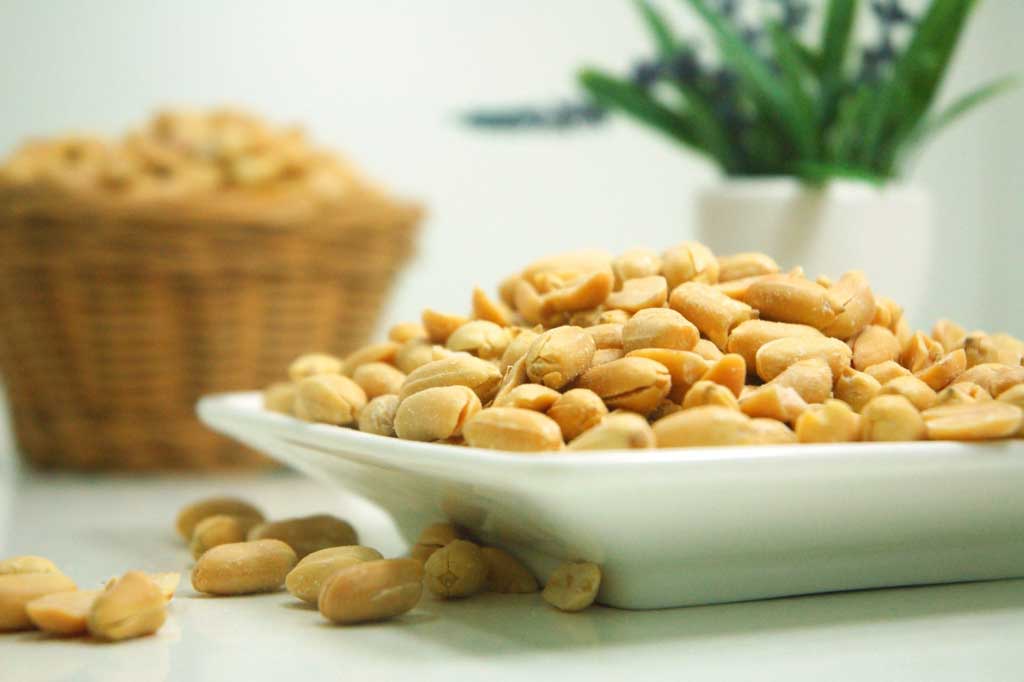Bacteria found in honey may help fight infection
Medication
"Bacteria found in honeybee stomachs could be used as alternative to antibiotics," reports The Independent. The world desperately needs new antibiotics to counter the growing threat of bacteria developing resistance...
“Bacteria found in honeybee stomachs could be used as alternative to antibiotics,” reports The Independent.
The world desperately needs new antibiotics to counter the growing threat of bacteria developing resistance to drug treatment. A new study has found that 13 bacteria strains living in honeybees’ stomachs can reduce the growth of drug-resistant bacteria, such as MRSA, in the laboratory.
The researchers examined antibiotic-resistant bacteria and yeast that can infect human wounds such as MRSA and some types of E. coli. They found each to be susceptible to some of the 13 honeybee lactic acid bacteria (LAB). These LAB were more effective if used together.
However, while the researchers found that the LAB could have more of an effect than existing antibiotics, they did not test whether this difference was likely to be due to chance, so few solid conclusions can be drawn from this research.
The researchers also found that each LAB produced different levels of toxic substances that may have been responsible for killing the bacteria.
Unfortunately, the researchers had previously found that the LAB are only present in fresh honey for a few weeks before they die, and are not present in shop-bought honey.
However, the researchers did find low levels of LAB-produced proteins and free fatty acids in shop-bought honey. They went on to suggest that these substances might be key to the long-held belief that even shop-bought honey has antibacterial properties, but that this warrants further research.
Where did the story come from?
The study was carried out by researchers from Lund University and Sophiahemmet University in Sweden. It was funded by the Gyllenstierna Krapperup’s Foundation, Dr P Håkansson’s Foundation, Ekhaga Foundation and The Swedish Research Council Formas.
The study was published in the peer-reviewed International Wound Journal on an open-access basis, so it is free to read online.
The study was accurately reported by The Independent, which appears to have based some of its reporting on a press release from Lund University. This press release confusingly introduces details of separate research into the use of honey to successfully treat wounds in a small number of horses.
What kind of research was this?
This was a laboratory study looking at whether substances present in natural honey are effective against several types of bacteria that commonly infect wounds. Researchers want to develop new treatments because of the growing problem of bacteria developing antibiotic resistance. In this study, the researchers chose to focus on honey, as it has been used “for centuries … in folk medicine for upper respiratory tract infections and wounds”, but little is known about how it works.
Previous research has identified 40 strains of LAB that live in honeybees’ stomachs (stomach bacteria are commonly known as “gut flora”). 13 of these LAB strains have been found to be present in all species of honeybees and in freshly harvested honey on all continents – but not shop-bought honey.
Research has suggested that the 13 strains work together to protect the honeybee from harmful bacteria. This study set out to further investigate whether these LAB might be responsible for the antibacterial properties of honey. They did this by testing them in the laboratory setting on bacteria that can cause human wound infections.
What did the research involve?
The 13 LAB strains were cultivated and tested against 13 multi-drug resistant bacteria, and one type of yeast that had been grown in the laboratory from chronic human wounds.
The bacteria included MRSA and one type of E. coli. The researchers tested each LAB strain for its effect on each type of bacteria or yeast, and then all 13 LAB strains were tested together. They did this by placing a disc of material containing the LAB at a particular place in a gel-like substance called agar, and then placing bacteria or yeast onto the agar.
If the LAB had antibiotic properties, it would be able to stop the bacteria or yeast from growing near it. The researchers would be able to find the LABs with stronger antibiotic properties, by seeing which had the largest distance at which they could stop the bacteria or yeast growing.
The researchers compared the results with the effect of the antibiotic commonly used for each type of bacteria or yeast, such as vancomycin and chloramphenicol. They then analysed the type of substances that each LAB produced, in an attempt to understand how they killed the bacteria or yeast.
The researchers then looked for these substances in samples of different types of shop-bought honey, including Manuka, heather, raspberry and rapeseed honey, and a sample of fresh rapeseed honey that had been collected from a bee colony.
What were the basic results?
Each of the 13 LABs reduced the growth of some of the antibiotic-resistant wound bacteria. The LABs were more effective when used together. The LABs tended to stop bacteria and yeast growing over a larger area than the antibiotics, suggesting that they were having more of an effect. However, the researchers did not do statistical tests to see if these differences were greater than might be expected purely by chance.
The 13 LABs produced different levels of lactic acid, formic acid and acetic acid. Five of them also produced hydrogen peroxide. All of the LABs also produced at least one other toxic chemical, including benzene, toluene and octane. They also produced some proteins and free fatty acids. Low concentrations of nine proteins and free fatty acids produced by LABs were found in shop-bought honeys.
How did the researchers interpret the results?
The researchers conclude that LAB living in honeybees “are responsible for many of the antibacterial and therapeutic properties of honey. This is one of the most important steps forward in the understanding of the clinical effects of honey in wound management”.
They go on to say that “this has implications not least in developing countries, where fresh honey is easily available, but also in western countries where antibiotic resistance is seriously increasing”.
Conclusion
This study suggests that 13 strains of LAB taken from honeybees’ stomachs are effective against a yeast and several bacteria that are often present in human wounds. Although the experiments suggested that the LABs could inhibit the bacteria more than some antibiotics, they did not show that this effect was large enough to be relatively certain it did not occur by chance. All of the tests were done in a laboratory environment, so it remains to be seen whether similar effects would be seen when treating real human wounds.
There were some aspects of the study that were not clear, including the antibiotic dose that was used and whether the dose used was optimal, or had already been used in the clinical setting where the species were collected. The authors also report that an antibiotic was used as a control for each bacteria and the yeast, but this is not clearly presented in the tables of the study, making it difficult to assess whether this is correct.
The study has shown that each LAB produces a different amount or type of potentially toxic substances. It is not clear how these substances interact to combat the infections, but it appears that they work more effectively in combination.
Low concentrations of some of the substances that could be killing the bacteria and yeast were found in shop-bought honey, but this study does not prove that they would have antibacterial effects. In addition, as the researchers point out, shop-bought honey does not contain any LABs.
Antibiotic resistance is a big problem that reduces our ability to combat infections. This means there is a lot of interest in finding new ways to combat bacteria. Whether this piece of research will contribute to that is currently unclear, but finding these new treatments will be crucial.






 Subscribe
Subscribe Ask the doctor
Ask the doctor Rate this article
Rate this article Find products
Find products






